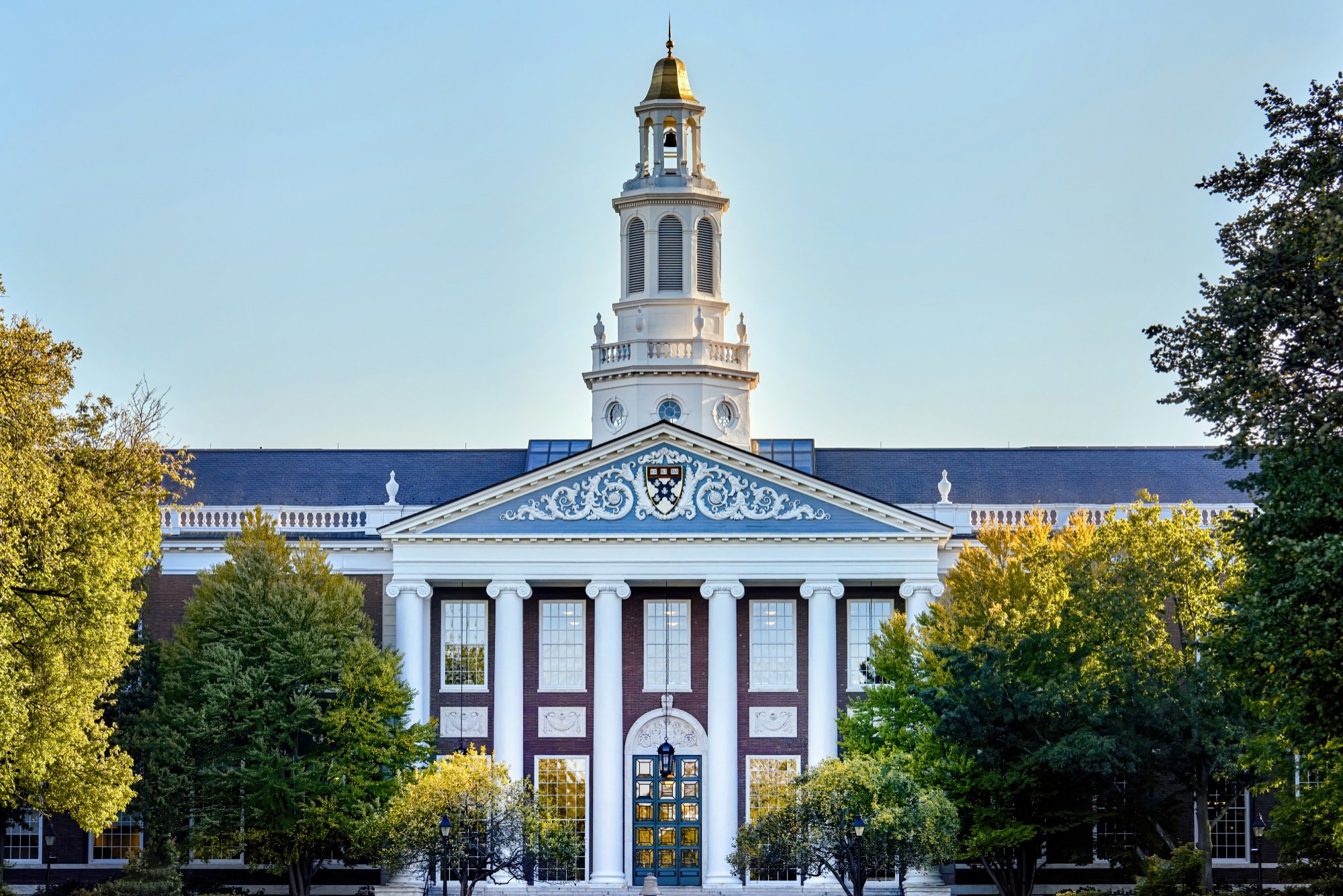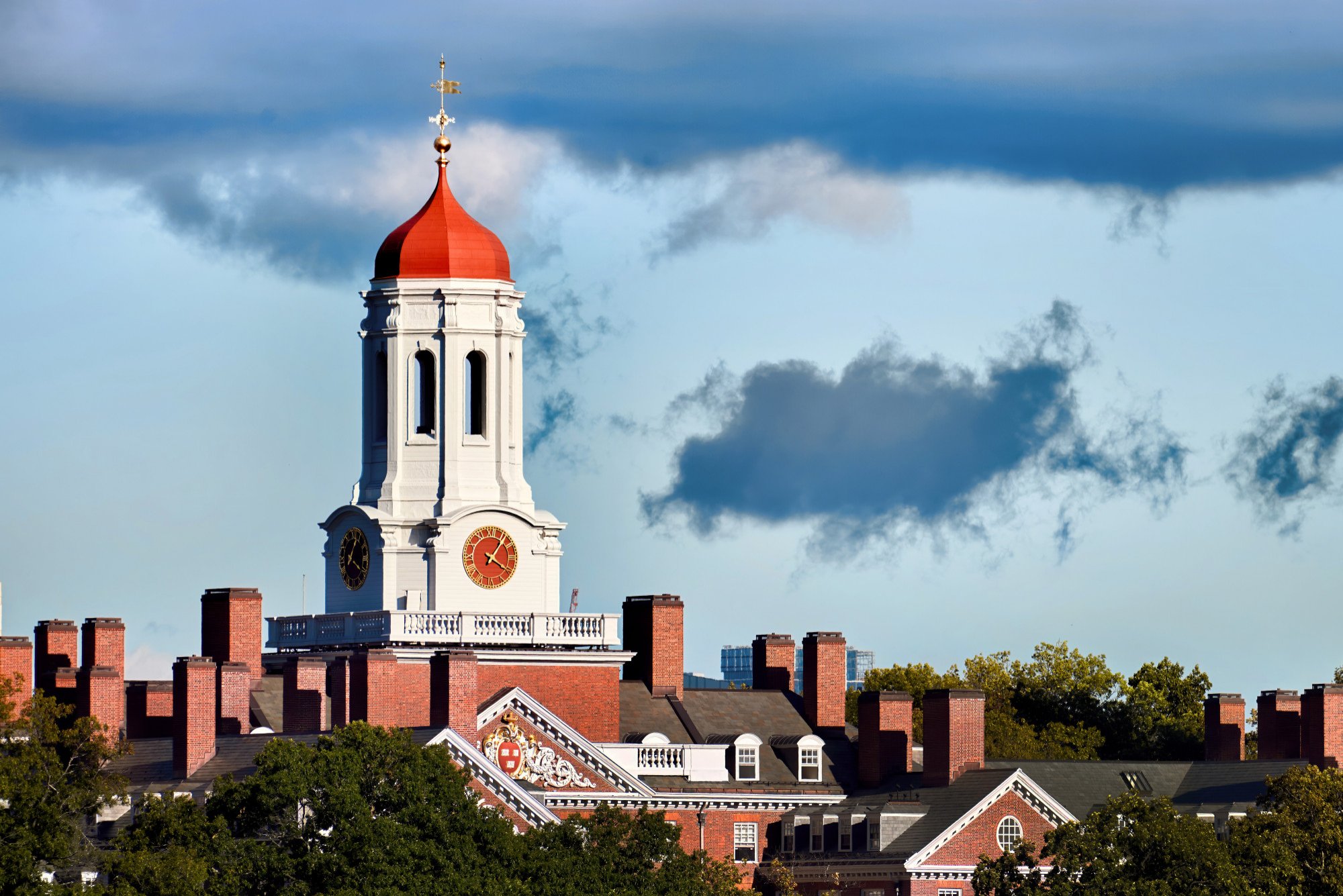There are thousands of higher education institutions in America, which is one of the most preferred countries for university education. It is possible to find a school according to your budget, taste and even your taste. But if you don't know what criteria to make these choices, what to consider when applying to the school you have chosen, and how to find financial support, this article is just for you.
Preparation Process
While trying to choose among 3500 universities in the USA, many criteria will guide you to find the right one for you. The location of the university is one of these criteria. First, decide whether you prefer to study in a crowded city or a quiet town. When looking at the universities in the region you want, do not forget to evaluate the accommodation opportunities offered to you. Many people look forward to living on their own. However, after this initial enthusiasm for freedom wears off, most students begin to think differently. It is also important for your adaptation to the environment that your living environment is comfortable and that you have a roommate who is compatible with you. Find out about other options and alternatives the school offers for accommodation other than dormitories.
School List
When evaluating the schools you have put on your list after these criteria, it is very important that you learn all the details about their academic programs. Typically, research how many hours a day would be good for a student to study, what courses should be taken and how many credits should be collected for graduation. Examine core courses (first two years courses), integrated education programs, departments with the most students, English proficiency levels. Also, don't forget to ask how much academic support you can get. Are there services that help international students with academic difficulties? How long does it take for a foreign student to graduate on average? Does the school have an alumni association in your country? Are students met at the airport on their first arrival? What kind of information is given to students and their families before they go to campus? Is a special academic advisor appointed? How involved are the school staff in the academic or administrative life of the students? To what extent are parents involved in education? What cultural activities does the school offer for foreign students?
Security
After finding the answers to all these questions, do not neglect to evaluate another very important criterion, security. It is actually very easy to research this subject, which always causes anxiety especially for foreign students and their families, in the United States. Because American universities are required by law to keep a record of all crimes that occur on their campuses, and this is public information. It is obligatory to provide this information, if requested by all prospective students and their families. Compare the campus crime rates of all the schools you're considering.
Graduates
Finally, a university graduate is your most useful resource. Many schools use their graduates for admissions programs. If the school does not implement this system, ask the admissions officer to name one or two graduates from your country. Ask these students what they like or dislike about the school, and if they would choose it again if they had the chance to choose it again. And don't forget to compare the answers you get to these questions with each other.
University Entry Requirements in the USA
Universities in the United States start education in late August or the first half of September. The academic year ends in May or at the latest in early June. It is compulsory for the student to attend school throughout the school year. In many universities, the academic year is divided into two equal parts called semesters. There is also a summer period. In some universities, the calendar year is divided into four equal parts. Students are free to participate in the summer semesters or not.
The most important requirements for admission to American universities are the student's level of knowledge, academic status, results in knowledge and ability tests, letters of reference, and being able to cover education and living expenses in the United States.
English Knowledge Level
One of the basic requirements of studying at American universities is knowing the English language to the extent that you can understand and follow the courses as well as an American student. It is not possible for a student who does not speak English very well to participate in any undergraduate, graduate or doctoral program in the USA. English level is measured with the TOEFL test.
Academic Status of the Student
In order to be admitted to any university, the student must be successful during his previous education. For example, a high school student applying for undergraduate education and a graduate student applying for university courses and grades are required to have transcripts. Many universities require a minimum GPA of B (7.5 out of 10 or 3 out of 4) as an admission requirement. There are many other universities that accept students with lower GPAs. Getting a degree (for example, being 4th out of 57 students) also plays an important role in admission.
Knowledge and Ability Tests
Students who want to study at American universities may be asked to take the tests listed below.
Reference Letters
The student's success in the courses, his attitude in the classroom, his cultural and social activities, his harmony with his friends, etc. These are the documents that indicate and recommend the student to the university.
Being able to Cover the Costs in America
The student must prove that he or she has sufficient financial means with a bank letter or a scholarship document. A bank letter consists of a letter from the bank stating that the student or his/her family has a certain amount of money in that bank.
Education and Cost of Living
Tuition costs in the USA are normally and vary from school to school.
University (annual) $5,000 – $30,000
Life (yearly) $11,000 - $19,000
Ways to Find Financial Support
Getting accepted to a college or university in the USA is the dream of many international students. However, getting accepted into the school is just the beginning. How your family will pay for the school is just as important as being admitted to the school. For this reason, be sure to find out if the schools you are evaluating provide financial support to foreign students. If yes, what do you need to do to be a candidate? Many private schools offer generous scholarships to academically strong students.
The costs of studying at American universities include:
- The application fee can range from $40 to $60.
- The cost of education can be $5,000 at a 2-year school, or up to $30,000 a year at a 4-year college. Tuition fees are usually paid twice a year at the beginning of the semester.
- Room and meal costs. (Depends on the type of accommodation.)
- Health and dental insurance. (It is compulsory for all foreign students studying in the USA.)
- Travel costs. (Includes at least one round-trip flight ticket, airport school transportation.) Foreign students are also advised to take out travel insurance.
- And all associated expenses during the training.
- For detailed information about the cost, you can benefit from the resource called Costs at U.S. Educational Institutions, a publication of the Institute of International Education, which lists the costs of all educational institutions and universities in the USA. This resource is available at Fulbright offices and American consulates.
Financial Support Resources
- Most of the private schools can provide financial support to people who have academic qualifications or are successful in sports and arts. Find out the categories of scholarships at the schools you are considering applying for. Get the criteria and deadlines.
- Students who are academically superior can receive scholarships or assistantships.
- Some schools run a combined major program or a three-year program. Thanks to these programs, students can complete all the courses required for graduation in 3 years instead of 4 years.
- Many schools charge a flat fee for a specific credit that can be taken in one semester. In this case, take the maximum credit you can get. (example: 12 credits or more, such as $5,000)
- Search for cheaper summer classes or at a school in your country. Make sure these courses can transfer to your school.
- Many schools offer the opportunity to work for foreign students. Depending on the hourly rate and the number of hours per week you can work, you can earn between $1,000 and $2,000 per semester.
- Most schools with campus accommodation provide financial support to students in exchange for working as a dormitory supervisor (RA). Good grades are preferred, but not required. Interviews are held at the selection stage.
- The cooperative education program offers students the opportunity to work full-time and study full-time. Find out if the schools you are considering offer this option. You can earn money and at the same time gain valuable work experience.
If You Have Decided to Study in America...
- Write to about 10-20 schools that you see fit and ask for information and application forms. You normally need to apply a year in advance (some schools 6 months in advance). Those who want to go to America faster than this have to apply to the representatives of American universities in Turkey.
- Examine the information and application forms from universities. In these forms, you can find the latest and detailed information about the school and the entry requirements.
- After deciding to study in the USA, take the necessary initiatives as soon as possible to take the tests required by the universities and to deliver the results to the universities.
- Fill in the forms of the universities you believe you can enter, and send them to the universities together with the application fee and the required documents (diploma or exit document, transcript, bank letter, reference letters, test results, etc.). The application fee (usually between $30 - $100) can be paid with a check from banks' foreign exchange services, as well as with credit cards valid abroad for some schools.
- Make a final application to at least 3 universities. When you apply to only one university, if that school does not accept you, it may be too late to apply to other schools.
- If the university you are applying to accepts you after examining your documents, it will send an acceptance stating this. With this, apply to the Ministry of National Education to obtain a student passport and to the American consulate to obtain a student or exchange visitor visa.
- Before you go to America, try to improve your English and increase your knowledge about America and especially the region and school you will go to, by making use of every source and person.
Accommodation Options in America
Most students starting their education in the USA want to live somewhere that is safe, clean, friendly and at the same time close to school. When choosing where to live, you also need to think about the type of accommodation that's best for you, whether it's a dormitory or a single room in a quiet house, students often prioritize budget.
Campus Accommodation
Pros: Living in university-owned housing is a top priority for most undergraduates in the US. It is also a sensible option for graduate students who want a convenient place to stay close to their place of study. For out-of-state students and those coming to the US from abroad, it's a great way to get a feel for the student experience and make new friends. Rents will vary depending on the state and city you will live in; For 2019, the University of Pennsylvania charges $5,095 for a room in accommodations, but at the University of Texas at Austin that nearly doubles to $9,272.
Cons: Not everyone enjoys the busy nature of a college dorm, most have shared bathrooms, and some even expect students to share a room. It can be a noisy place with lots of people moving in at the same time and with little chance of being alone. Since most graduates tend to be older than freshmen, some colleges try to get them together on a quieter block. If you have any concerns, ask your potential university for details of graduate dormitories, but apply as soon as possible as places tend to fill up quickly.
Renting a room or apartment close to the university
Pros: Most universities offer advice and support to students who choose to live in privately owned homes, and may even provide names and contact details of trusted hosts in neighboring communities. This may be a better choice for mature learners as there is more space and it is easier to maintain your independence. Renting an apartment means you have more choices in terms of the area you live in and the amenities it provides. You can team up with a compatible friend to search for a house together, then split the rental costs when you find the right place.
Cons: As a private tenant, you'll often be expected to pay your own electricity bills and phone services. The daily commute, as well as cleaning and cooking, can be tiring. Besides, you may feel somewhat isolated from your peer group and miss interacting with your friends. Finally, new responsibilities you face can affect your academic success, especially if you have trouble establishing a regular study schedule.
Stay at home with family
Pros: Often referred to as staying at home, living with an American family can really help graduate students while adjusting to an unfamiliar lifestyle. You will have your own room in the house, chores will be taken care of and in most cases meals will be provided. Most of these arrangements are made through the university, and families have previous experience with students as house guests. You can immerse yourself in American life and enjoy all the comforts of home despite being in a completely new city.
Cons: Most home stays are relatively close to the university they serve, but you can still be quite far away. There's also a lack of privacy as you'll be sharing a home with the family living there, including bathroom, kitchen, and Wi-Fi. As this is their home you will have to follow their rules and these may be very different from your lifestyle. They may expect you to sit down and eat at 5pm every day, or they may ask you to let them know if you're coming home late. It can be difficult to set up if you are not used to these types of events, but as a visitor you will have little choice.
Transportation in America
Outside of major US cities, public transportation is rarely the best option for students, and coverage may be sparse in remote towns and suburbs. However, it is generally inexpensive, safe and reliable.
Metro
The largest subway systems are in New York City, Chicago, Boston, Washington DC, San Francisco Bay Area, Philadelphia, Los Angeles, and Atlanta. Other cities have small, one- or two-track rail systems that mostly serve city centres.
Light rail systems (trams) are becoming more and more popular in the USA. Denver, Seattle, San Diego, Minneapolis, and Portland are among the many places with light rail systems, as are most cities with subways (networks often connect and rides can be transferred).
According to the Texas A&M Transportation Institute, the average car in the United States spends 42 hours per year in traffic. The same study puts the price tag for these delays at $960 per driver. In big cities the numbers are even worse. Drivers in the 15 largest U.S. metro areas spend an average of 63 hours per year in traffic jams on their way to work, costing an average of $1,433 per person.
Health for Students in America
Unlike many other countries, the United States does not offer socialized healthcare. It is helpful to learn about the local health system before it is actually needed.
The American healthcare system is one of the worst (and most expensive) in the world. Health care for a major accident or illness can cost hundreds of thousands of dollars; this is why most Americans have health insurance to minimize costs.
Yet the US healthcare system is difficult to understand, even for Americans. New and pending laws within the federal government further complicate matters. Quality health care is available from a variety of sources throughout the country. The key lies in knowing the proper procedures and knowing where to go for certain types of maintenance. This knowledge can save an international student a significant amount of time and money.
Health on Campus
Most college and university campuses offer some form of general medical care; Services range from basic first aid and treatment of minor ailments to sophisticated multi-doctor primary care centers that offer X-rays, lab tests, prescription drugs and access to specialists. The cost of on-campus medical services is normally not very expensive.
During your first week on campus, it is very important to bring a copy of your medical records (including vaccination and immunization records and prescriptions) to the school's health care center or infirmary.
Off-Campus Facilities for Healthcare
If you choose to visit an off-campus medical practitioner, you have several options (but the cost is usually higher). Private doctors treat non-emergency patients during normal business hours, usually by 9 am to 5 pm appointments. Small emergency clinics do not require an appointment and are often open on weekends and holidays. If you need to use a medical facility but are uncomfortable with your English skills, ask a friend to come with you. Correct communication is very important!
Working and Work Permit in the USA
Students with an F1 visa in the USA must attend academic programs in order to benefit from a work permit. Examples of these are the following programs:
- Certificate Programs in America
- Bachelor in the USA
- Master's in America
- Community College
Although a work permit cannot be obtained in many schools in the first year, a work permit can be issued with job opportunities on campus in general. As of the completion of the 1st year, students can be entitled to work off-campus in 3 different ways:
- CPT (part time work permit)
- OPT (full time work permit)
- STEM OPT extension (full-time work permit)
CPT is the type of work permit to be used if students have a work permit while studying. It can be used part-time during training. OPT, on the other hand, is a full-time work permit that students can use after graduation. OPT takes exactly 1 year. STEM OPT extension, on the other hand, is the name given to the 2-year work permit that students who graduate from STEM programs receive additionally after OPT.
Travel Rules in America
You do not need special documents to travel from state to state or to US territories, but you should always have your immigration papers with you. This is especially true when traveling in states along the Mexican or Canadian borders. You may be stopped by immigration officers at any time and be told to show:
- Valid, unexpired passport (at least six months after expiration date)
- Valid, unexpired I-20
- I-94
- US visa (expired or unexpired unless you participate in the Visa Waiver Program)
- OPT, EAD card for students in the 17-Month OPT Extension program.
Our Partner Universities
Here are some of our partner schools that offer annual scholarship opportunities and discounts. Please contact our consultants for current price information and note that since new schools are constantly being added to our partner university portfolio, we recommend that you contact us if you cannot find the university you are looking for in the list.
| Adelphi University | Montclair State University, New Jersey-NY |
| American University | New York Film Academy |
| Arizona State University | Oregon State University |
| Arts University of San Francisco | Pace University |
| Auburn University | Queens College CUNY |
| Cleveland State University | Roosevelt University |
| Connecticut University | Simmons University Boston |
| Florida International (UG Only) | U-Mass Amherst (Graduate) |
| George Mason University (UG) | University of Buffalo (UG) |
| Gonzaga University | University of Central Florida |
| Hofstra University | University of Illinois, Chicago |
| Illinois State University | University of Palm Beach Atlantic |
| Johns Hopkins University | Florida Atlantic University |


























 +1 416 639 01 06
+1 416 639 01 06